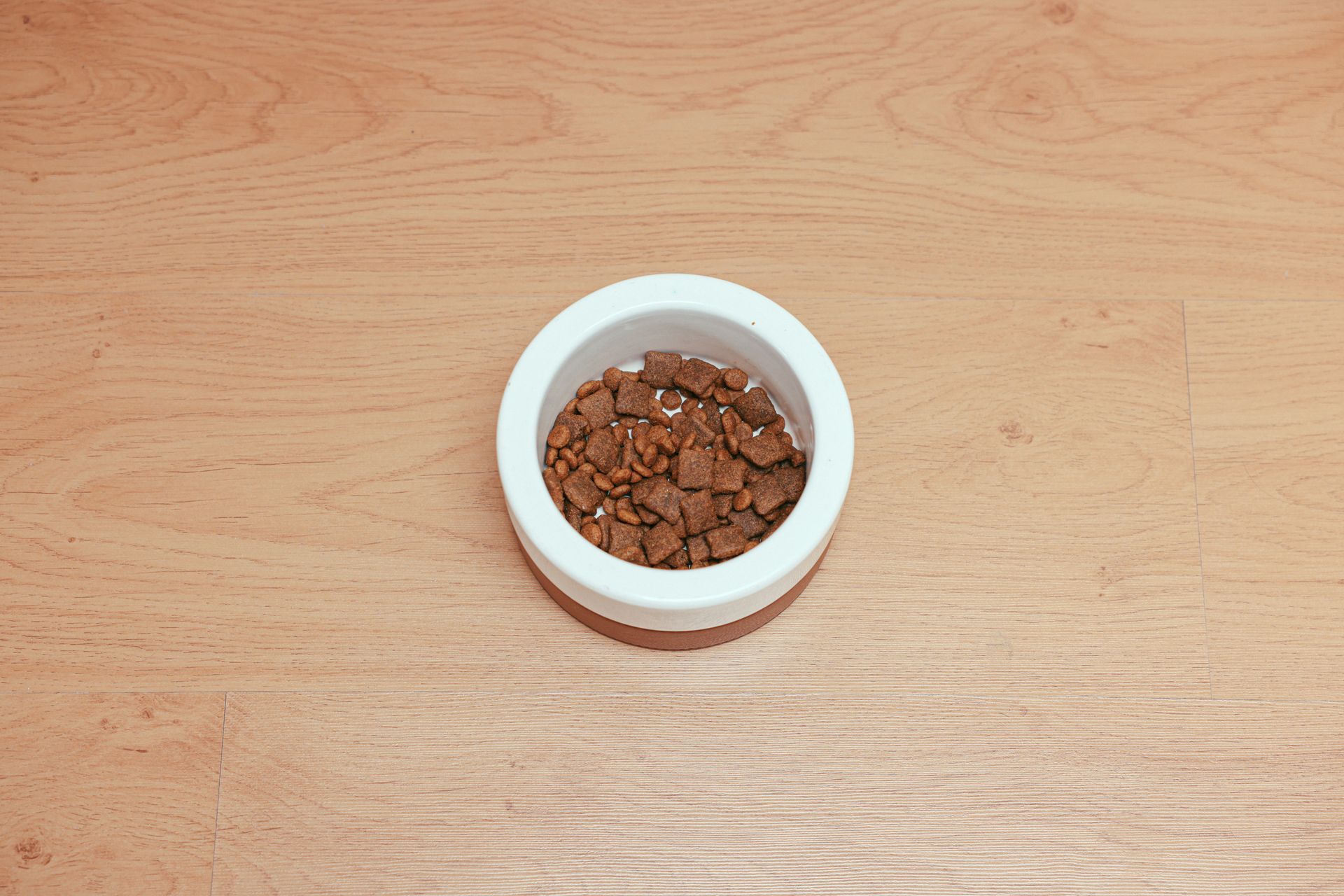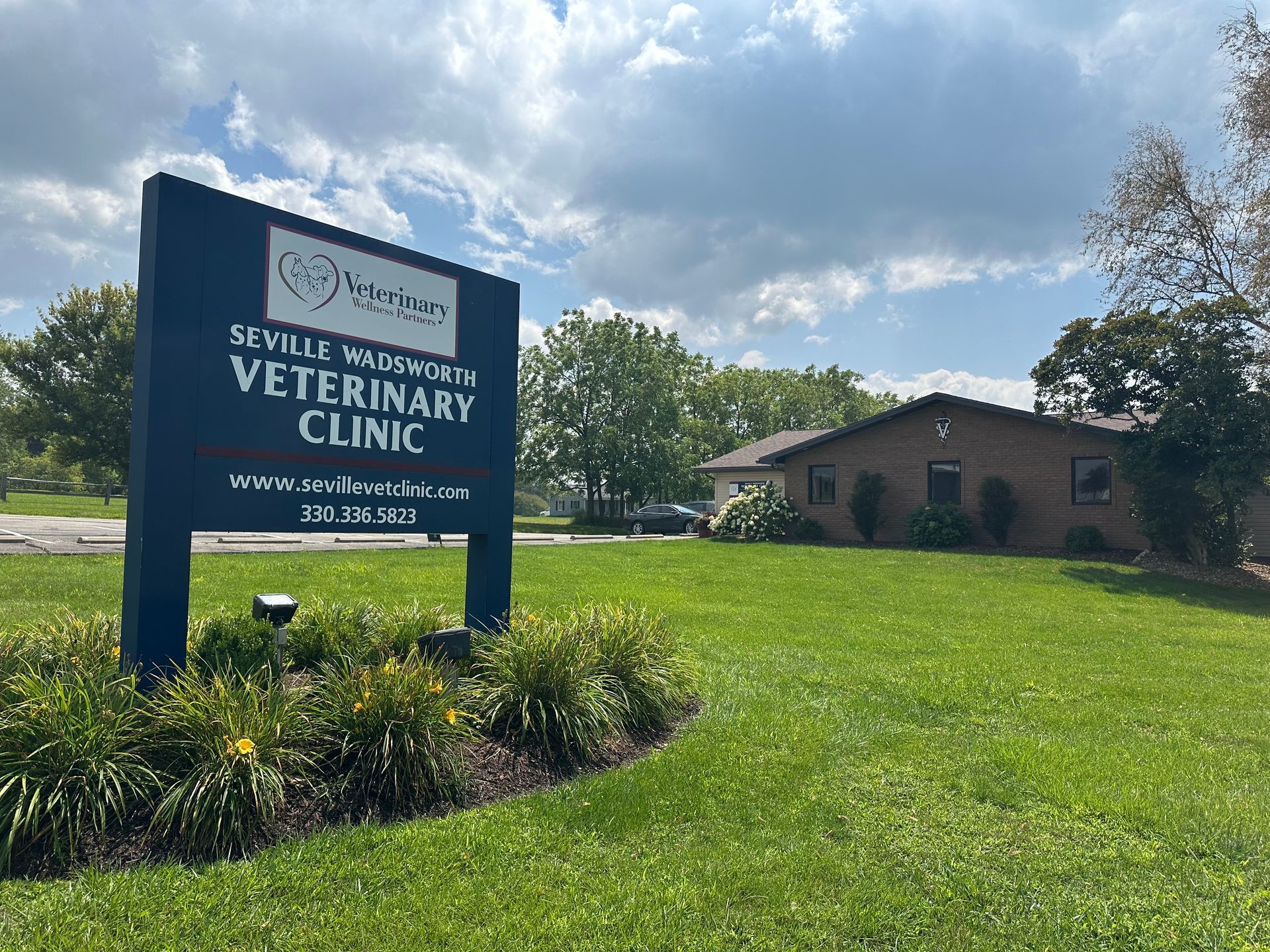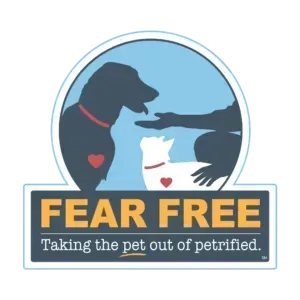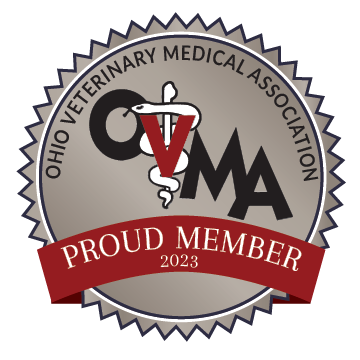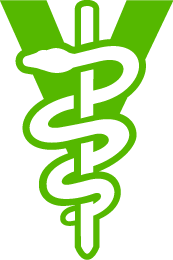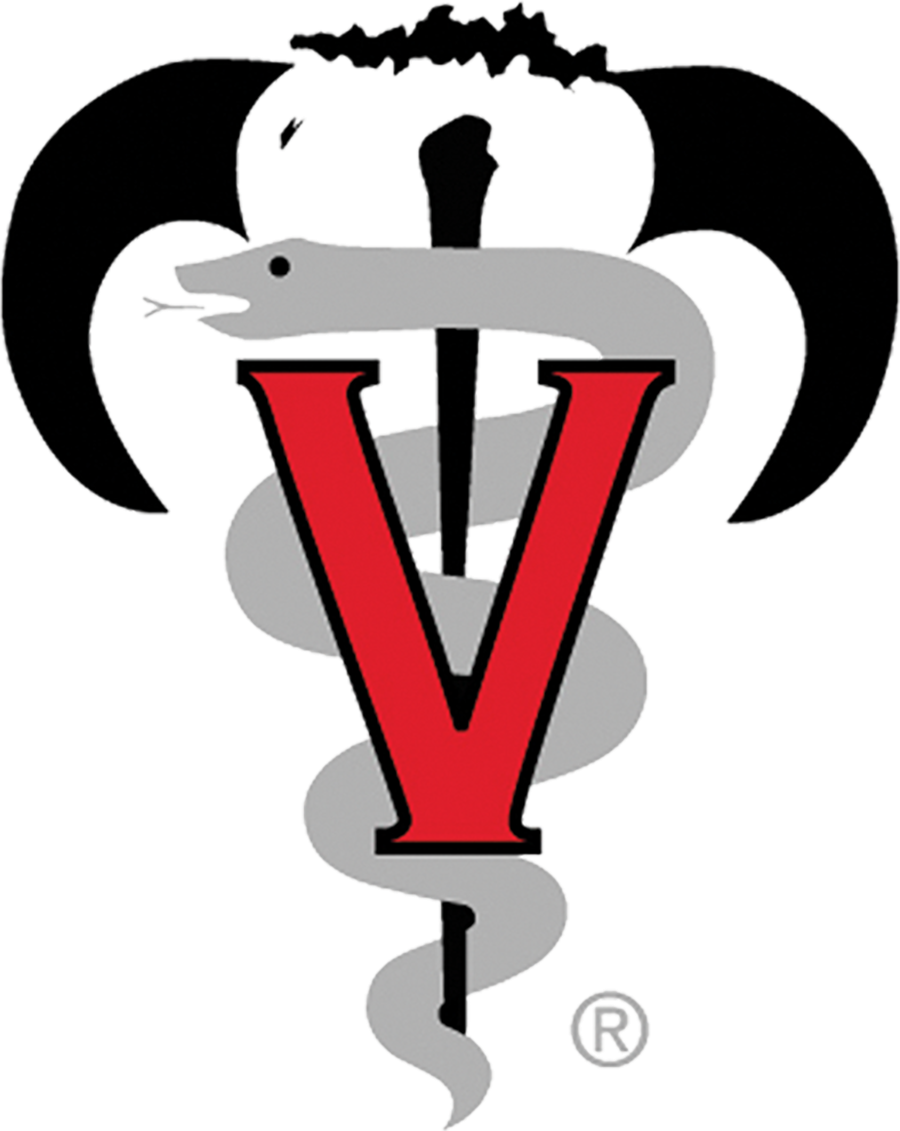Dairy Economy July 2018
July Bovine Health – Financials
In 2009, our veterinary business experienced a significant downturn. This downturn was also experienced by many other businesses, including dairy farms. This event caused our practice to gain a better understanding of our finances and the impact those numbers have on our ability to operate. Many dairy farms were forced to do the same thing. Today’s dairy economy is also very tough. It is likely that some farms may not make it through this downturn, unless they understand their numbers and act on them. A dairy farm is a business and should be operated as such.
A dairy producer should track where money goes that leaves the farm (expenses) and money that comes into the farm (revenue). Major expenses on a dairy farm are feed, forages, labor, custom harvesting, debt payments, custom replacement raising, taxes, repairs, utilities, veterinary care, and medicine (in no particular order). A farm should categorize and track all of its expenses. The categories can be developed with help of the financial consultants. It is vital to look back at the previous years’ expenditures and create a budget. The budget should be based upon revenue, which is projected using milk price and pounds of milk shipped. The budget/ revenue should also include any other sources of farm income; such as crop sales, cull call sales,and bull calf sales.
It is very difficult to predict the price of milk in the year to come. One area that a producer can impact is your number of cows, level of production, and cost of production. Use the projected milk price, production level, cow numbers, and beef income to create a possible figure for income on the farm. Now, look at all of your expenditures from the last year, break them down into categories, and try to make projections for this year. This is your budget. A budget is only valuable if you continue to add your expenses month by month and not wait until the end of the year. You can determine if you are meeting or exceeding projections for each category of expenses. You can take action if you see the farm expenses have exceeded income.
Understand that expenses are highly variable on a farm based on the seasons and various inputs. Your annual budget may be positive early in the year, however, it may shift to the negative after spring inputs (seed, fertilizer, custom harvesting) are due to be paid. The point here is to not stray from the budget based on positive numbers during a short period of time. Making a purchase outside of the budget after a few positive months is often times not a wise decision.
If the operation has experienced a positive financial year, discuss with the financial and agricultural consultants what investments should be made with the extra money. A new piece of farm equipment may be a good investment, but not always. There may be opportunities to upgrade aspects of the facility to improve productivity of the herd. These upgrades might include improvements in cow comfort, activity monitoring systems to improve heat detection and rumination monitoring, heat abatement systems, or a ventilation system in the calf facility. Either way, make sure the money invested is going to provide payback over time.
Unfortunately, most dairy producers are not seeing revenue exceed expenses at this point. Most are trying to find a way to pay bills without having to borrow more money. This is where the revenue versus expenses discussion comes into play and the value of a budget is magnified.
As stated previously, the overall price of milk is out of your control, unless you change to a niche market. The mailbox price, however, can be influenced very positively by maximizing milk components and capturing any quality premiums that are available through your processor. If it makes financial sense to change the ration to improve components, that change should occur. Overall milk pounds produced is something strongly in control of the producer. If cow numbers are lagging for some reason (high culling, poor reproductive efficiency in heifers and cows, etc.), strong consideration should be given to find out how to increase cow numbers to the desired level. If production is below budgeted levels, a dairy producer should work with consultants to figure out why. Perhaps the answer is heat abatement, forage quality, cow comfort, or transition cow disease just to name a few. Remember, it usually makes financial sense to increase the level of production.
It is challenging for a dairy farm to make revenue exceed expenses under the current market conditions. Rather than just continuing to lose money, the budget will tell the producer what expenses are causing the dairy to operate in the negative. This might mean restructuring debt to make payments more manageable, selling equipment and going to custom harvesting, making feed changes to reduce cost, etc. All expenses on the dairy should be under scrutiny. Don’t think that the cheapest products or services are always the way to go. Making poor decisions can reduce production, which may in turn make the balance sheet even more negative. Make wise decisions with the help of your financial and agricultural consultants.
In the good old days, dairy producers could simply milk cows and survive. Nowadays, the dairy needs to be run as a business and operated under a strict budget. As with most businesses, poorly run operations are going to have struggles surviving long term. Gain a hold on your finances to give your operation the best chance possible to survive the turbulent dairy markets.
Article written by Dr. Gabe Middleton

